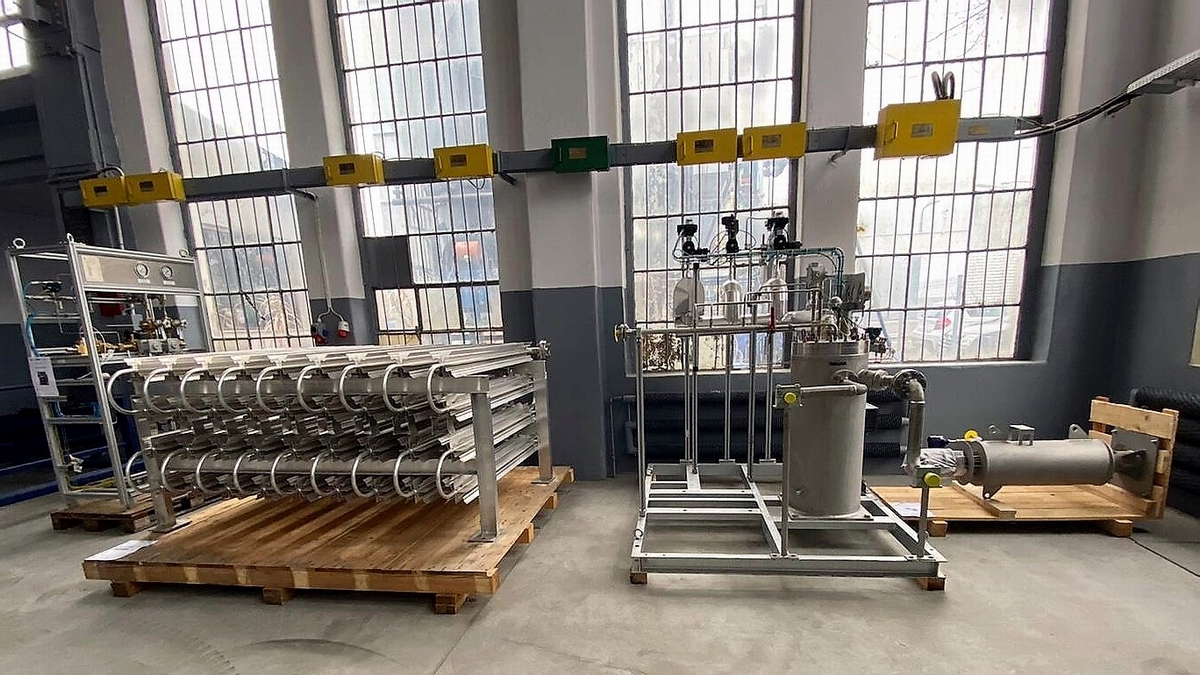ORLEN to store carbon dioxide beneath seabed
In line with the ORLEN Group’s strategy, by 2030 it will be capable of storing or utilising up to 3 million tonnes of carbon dioxide annually. This potential would be leveraged to bring down its own emissions and provide carbon management services to external clients. CO2 capture and storage or utilisation is one of the solutions that will help ORLEN achieve its 25% reduction target for emissions generated by its refining, petrochemical, and upstream operations by the close of 2030.
As for ORLEN’s carbon management service, it would be used mainly by those industries that are major CO2 emitters, but face limited opportunities to reduce their carbon footprint due to technological constraints. These include cement, steel and chemical industries, especially fertilizer manufacturers. For companies in those industries, the ability to store CO2 could be the most efficacious means of curbing emissions and thus reducing costs incurred to purchase carbon credits.
Norway is one of the leaders spearheading the development of CCS technologies. As early as 1996, it commenced the capture and injection into subsea geological formations of carbon dioxide from the Sleipner gas production field. Injection is still carried out at the Snøhvit field. These are the only active projects of this kind currently in Europe.
The ORLEN Group has signed a letter of intent with Norway’s Horisont Energi AS, the owner of the Polaris licence, where a well has been drilled to confirm the feasibility of safe CO2 injection. Under the agreement, up to 50% interest in the licence and the Polaris operator status will be granted to PGNiG Upstream Norway, a Norwegian company of the ORLEN Group, with experience in field management gained from its earlier oil & gas exploration and production efforts on the Norwegian Continental Shelf.
The estimated capacity of the Polaris field totals about 100 million tonnes of carbon dioxide, which would sustain storage operations for 12-25 years. PGNiG Upstream Norway has already completed technical and economic studies of the Polaris project and is now preparing to launch a detailed due diligence exercise. Based on the potential project timetable, a development concept is to be selected in 2024, with the start of carbon injection expected in late 2028/early 2029.
The Polaris project partner Horisont Energi aims to set up an ammonia plant in northern Norway utilising hydrogen obtained from natural gas. The process yields large quantities of carbon dioxide, which Horisont Energi plans to store with a view to cutting down emissions. This would ensure demand for the service offered under the Polaris CCS project, which the ORLEN Group is now joining. The reservoir’s remaining capacity would be made available to third parties. For logistical reasons, these would primarily include companies operating in Norway.
‘Joining forces with PGNiG is an important milestone in our quest to achieve significant emission reductions and contribute to the emerging CCS industry. PGNiG is a robust and qualified partner with ample operatorship and offshore experience from the Norwegian Continental Shelf. The new partnership should also help advance our Barents Blue clean ammonia project by providing accessible CO2 storage capacity. We are excited to join forces with an experienced and accomplished team,’ said Dr. Gabriel Clemens, Chairperson of the Board of Directors of Horisont Energi, CEO of Green Gas E.ON.
The Norwegian Continental Shelf is among the key foreign markets in which the ORLEN Group operates. Via the Baltic Pipe, ORLEN can deliver to Poland more than 8 billion cubic metres of Norwegian gas, with an increasing share of its own production. By the end of 2030, the Group plans to ramp up gas production from its Norwegian assets to about 6 billion cubic metres per year. This would mean an almost twofold increase from 2022, when the volume produced was 3.5 billion cubic metres. The completed integration in May this year of the ORLEN Group’s Norwegian assets, formerly owned by PGNiG and LOTOS, has placed the Group among the top 10 players in that market in terms of oil & gas reserves and production levels.
Source: Orlen.pl




